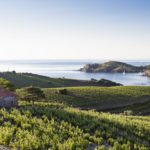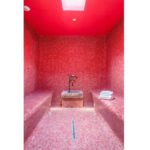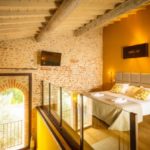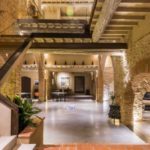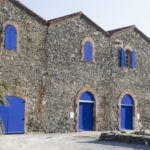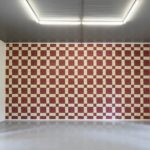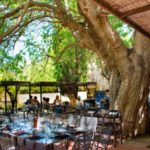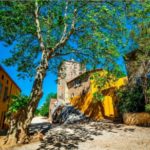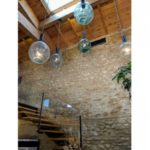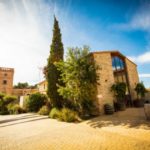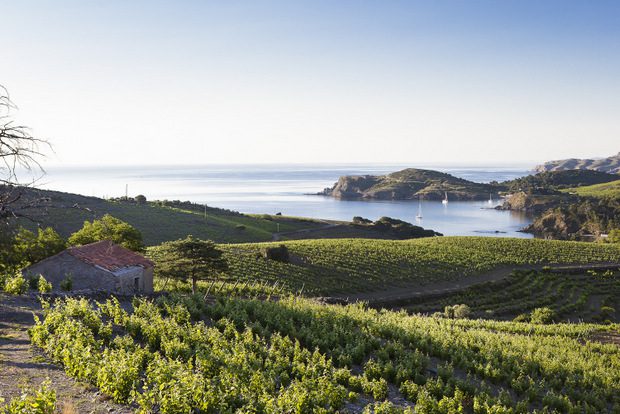Journey To The Edge of Southern France: Roussillon
Author:Annette HanamiIn the far southwest of France is a place that few people have ever seen. On the border with Spain, Roussillon is a bit more rustic and rugged than the posh French Riviera to the east, isolated in some ways by an ampitheater of mountains on three sides that opens to the azur blue sea, preserving the Catalan spirit and traditions that abound here. Roussillon is one of the most sunny, warm, dry regions of France, cooled year-round by mountain breezes from the west and by maritime breezes to the east. Because of the diverse and ancient terroir, Roussillon produces a variety of styles of wine from distinctive reds of old-vine Grenache, Carignane, Syrah, Mourvedre, as well as dry white and rose wines. Roussillon is also the largest and original French producer of a fortified sweet wine called Vins Doux Naturels ranging from floral and fruity Muscat de Rivesaltes to very dark, complex Banyuls Grand Cru. This is the real South of France worth discovering.
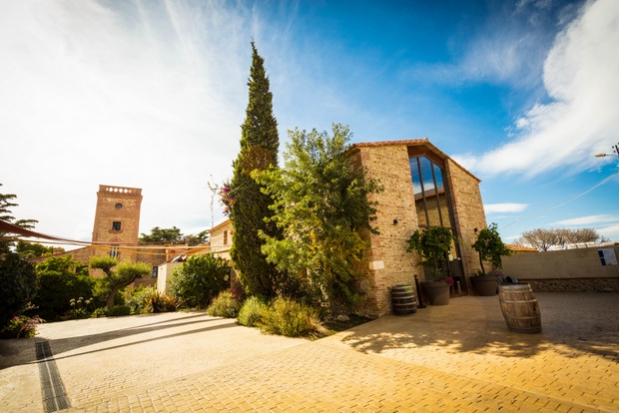
The landscape is defined by three transverse valleys formed in the wake of the rising Pyrenees millennia ago. The rocky slopes are the source of the typical stone buildings in this region, such as Domaine Lafage in the central Têt Valley. Formerly a barn, the new tasting room designed by Joëlle Casanovas streams light on the raw wood, stone and steel construction. Inspired by the craft of wine, the bar is constructed from old barrels, while the pendant lights are converted demi-john glass jars used to age Banyuls Grand Cru wines that bake in the sun to gain complexity.
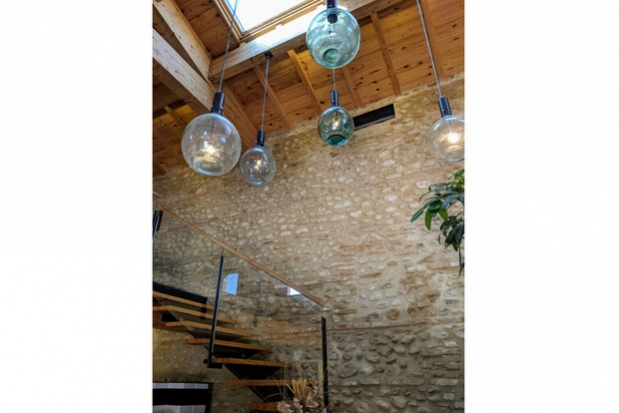
In this dry, sunny climate, Roussillon is one of the most organic wine regions in France and the largest organic wine producer is Domaine Cazes in the northern Agly Valley, based in Rivesaltes. With a broad portfolio and extensive visitor program including an onsite restaurant, it’s a good place to begin a discovery of the broader region. To the east near the sea, visit 9th generation estate Atelier Singla for their sublime single-vineyard red wines.
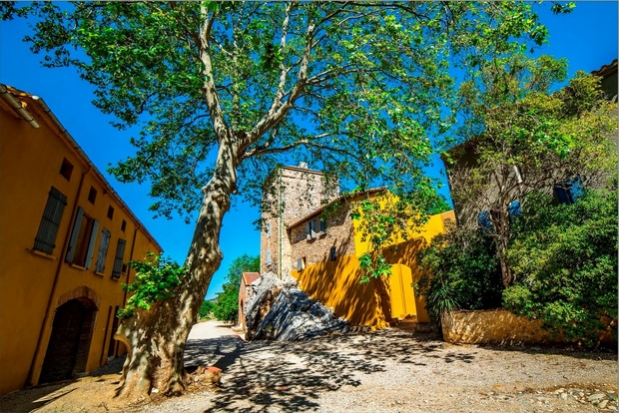
Deeper in this valley, Chateau de Jau’s property shows the evolution of time from the 12th century Cistercian abby tower to the Italianate residence from the French Revolution.
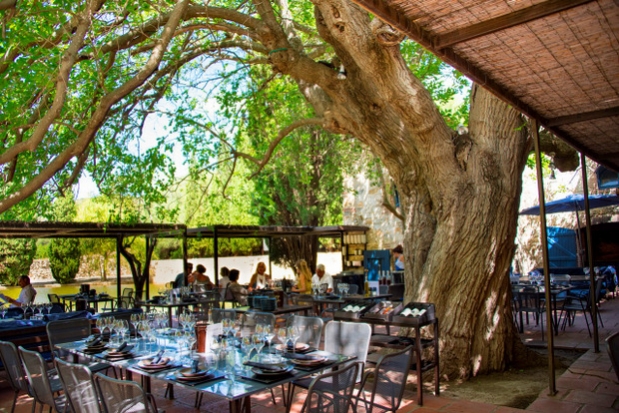
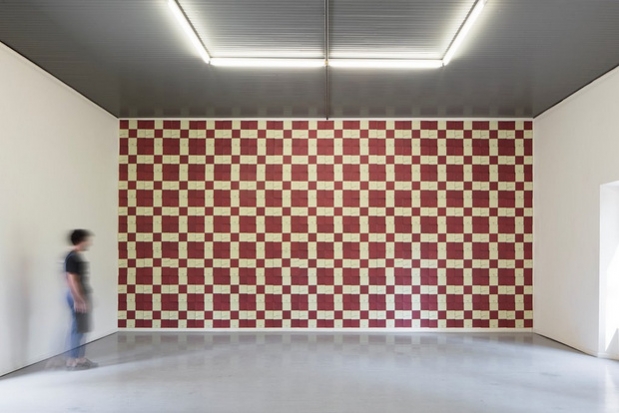
One of the first wineries to have an onsite restaurant over 40 years ago, guests can wine and dine alfresco under France’s oldest mulberry tree. For just as long, Chateau de Jau has showcased modern artists in their gallery, a converted 19th century silkworm nursery. Both are open from mid-June to mid-September and provide a wonderful experience of the Roussillon lifestyle.
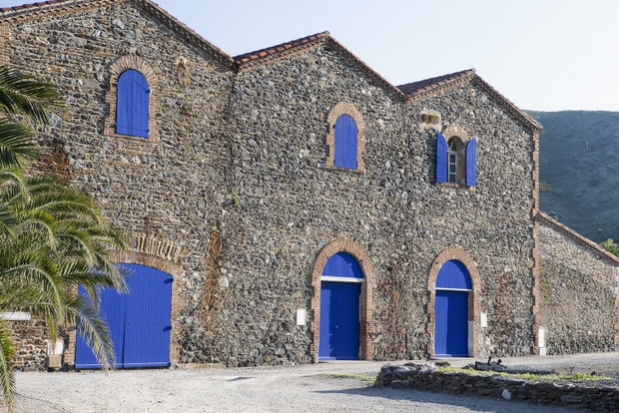
To the south is the Tech Valley and the beautiful coastal area where the Collioure dry wines contrast with the most famous sweet Banyuls. Along the coast are many coves with historic ports, old fortresses and cobblestone streets to walk. One of the prettiest is Port-Vendres, where Les Clos de Paulilles offers an idyllic place to stay, taste and dine, between the water and steep slopes of vines. Other must-visit wineries in this region are Chateau de L’ou for their enchanting single-varietal reds, modern winemaking and warm hospitality, and Domaine Vial-Magnieres for a unique expression of Roussillon wines, ‘the taste of the Mediterranean.’
STAY
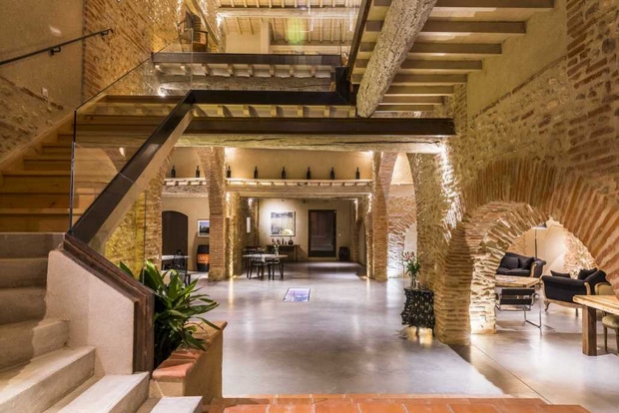
A central place to stay in Roussillon is the city of Perpigan, with historic cathedrals, palaces and civic buildings that date back to medieval times. Just outside of the city in a more bucolic setting is Mas Latour Lavail, a 16th century Catalan stone farmhouse-turned-winery that was converted into a luxury 5 room inn.
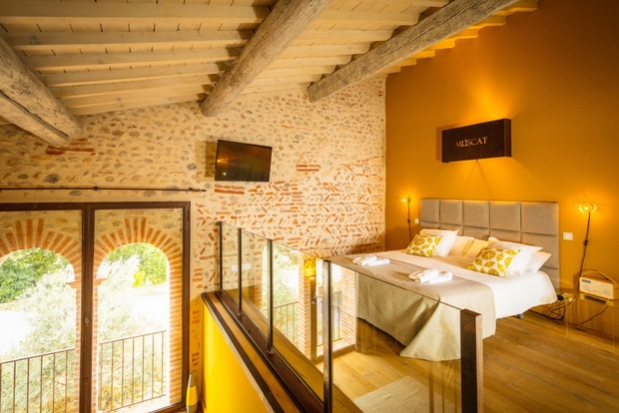
Each of the two suites and 3 large rooms are themed after a different Vin Doux Naturel. The 3,200 square foot main floor offers breakfast and wine tasting.
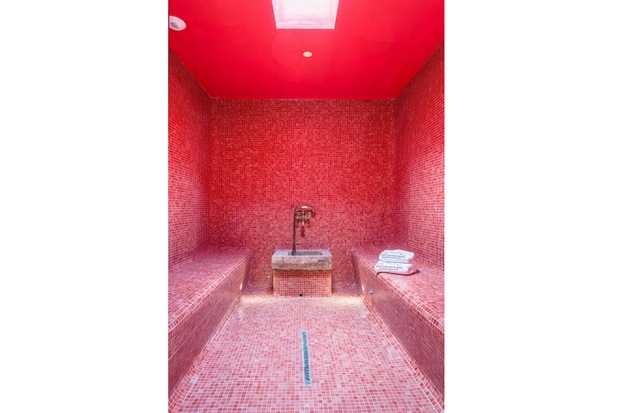
The inn offers all the modern conveniences of wifi, electric car charging stations and pool, and spa rooms converted from a bank of concrete wine fermentation tanks. As winemaker and director of Maison Cazes, proprietor Lionel Lavail and his team are able to arrange visits to their related properties Domaine Cazes in the northern Agly Valley and Les Clos des Paulilles on the southern coast, making for a very convenient and full Roussillon experience.
Discover the real South of France. The weather is comfortable during the summer and relative mild in the winter, and the food, wine and accommodations are an excellent value. The fastest way to get to Roussillon is to fly into Barcelona International, then take a 1-hour high-speed train ride to Perpignan. By rental car, it’s about 1.5 hours. For more information on Roussillon wines, check the Wines of Roussillon website and in French, Tourisme de Terroir.
